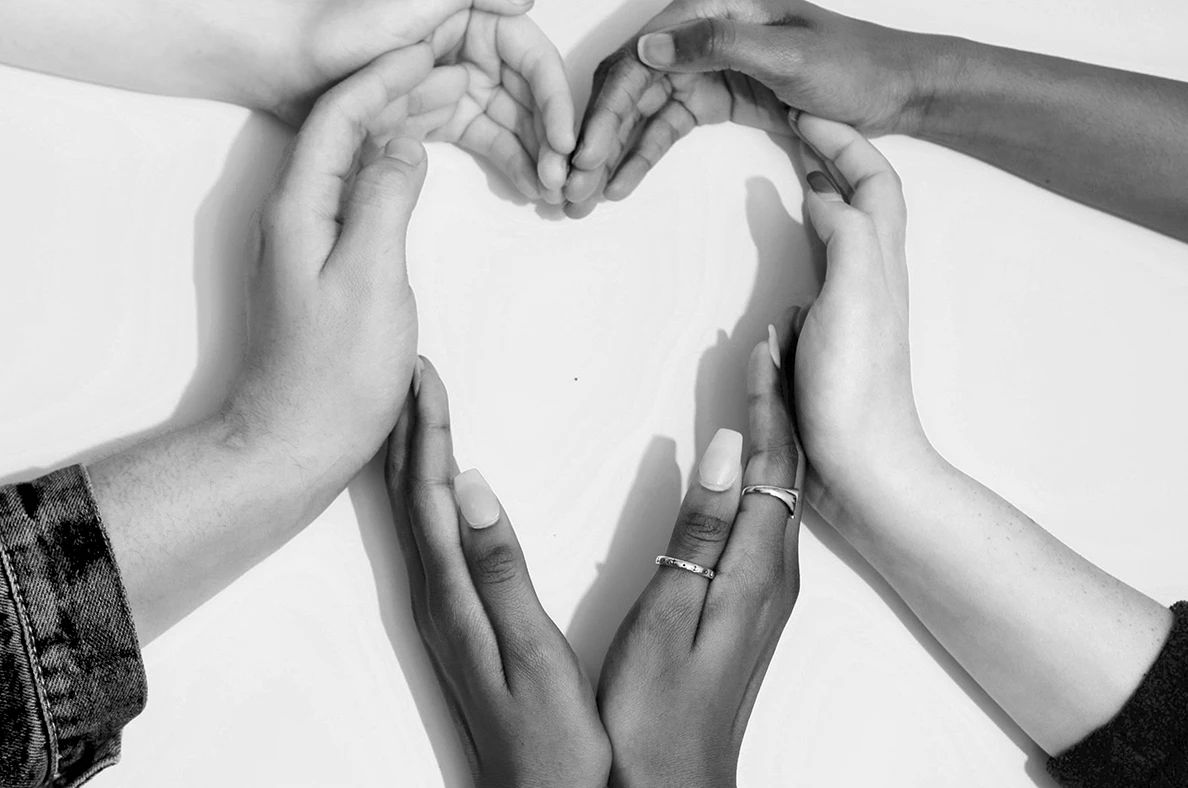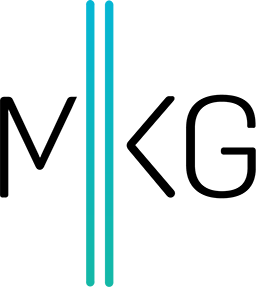Creating a Personal User Manual for Work
Jenna Hasenkampf • August 5, 2022 • 6 minutes to readI have what I consider a “Thumper speech” and I give it annually in Q4.
I find that Q4 is consistently when things get rough with frustration, stress, and short tempers, but we’re in a client servicing business so these feelings get directed inward. I’ve given the “Thumper speech” throughout my career, in small meetings, over email, and even in front of about 75 people at an all-agency meeting. “If you can’t say something nice, don’t say nothing at all”: I’ve quoted it directly or spruced it up, depending on who I was talking to. Unfortunately, stress just does not tend to bring out the best in people.
As I was staring down the start of Q4 2021, I was tired. Year two of Covid leading an agency, mom of two young kids: I had been through it and was still going through it. I thought to myself, “There has got to be a better way. I just can’t give the ‘Thumper speech’ this year.”
So I took a deep breath and I took a step back and considered the real problem I was trying to solve. It wasn’t to get people to be nicer; it was to build empathy. People can be salty and still be compassionate, empathetic team members. Stress forces us inward and our unpleasant interactions are driven by the focus on ourselves and our stress. We get stress blinders on and the world does not look like a nice place with stress blinders on. My efforts needed to focus on how to strengthen the team connection to offset that inward spiral. So I researched activities around how to build empathy in the workplace.
How To Build Empathy In The Workplace
It doesn’t work to tell people to be more empathetic. It doesn’t work to ask people to be nice to each other. You have to give people support and tools to do that. You need understanding, agreement, and personal investment to succeed. There are a lot of interesting approaches to building empathy out there, but I was also approaching this puzzle looking for a tool that would be successful with a remote team. What I settled on is the Personal User Manual.
In my experience leading a remote team and many years working in offices, team friction is usually caused by miscommunication and misaligned perceptions. At MKG one of our core values is People First, so we’re all starting with an atmosphere that aims to value team members. We encourage MRI (Most Respectful Interpretation) and really that just means giving people the benefit of the doubt, believing their intent was not to impact you negatively.
But that only goes so far. How do we build stronger understanding and connections to better navigate different communication styles at work? How do you get team members to invest empathy and interest in each other in a deeper way?
Personal User Manuals
I admit that I am a nerd who reads user manuals. I read my kids’ school handbooks, and I have read MKG’s handbook (and helped write some of it) multiple times. I like understanding what is expected of me, what my options are, and what my options are for approaching things.
Why do we make it harder to do this with people than the set of outdoor lights I just got from Amazon?
Relationships don’t need to be such a guessing game or minefield. Clear communication and boundaries have already been established as integral to successful relationships, so why don’t we invest more in this at work? Personal user manuals are tools to build a deeper understanding of individuals and what drives them.
They start with each person answering a set of questions about themselves in a document. The questions provide everyone with the opportunity to share what they need to succeed, what shuts them down, and what they expect from their team members. This is essential with a remote team, where you don’t have the casual in-person run-ins that you can have in the office. Professional relationships should also be intentional and thoughtful since this is how you build inclusive and high-performing teams. Strong teams establish trust and emotional safety.
I never like to start from a blank page if I don’t have to. Reading how others have tackled the same issue can be a brainstorming exercise and the personal user manual research led me to Atlassian. However, I changed the structure to better fit our values and tone.
For example, “What Are Three Things You’d Want This Team To Say About You At Your Funeral (If You Were Hit By A Car Tomorrow)?” felt overly dramatic and negative. Do we really need to imagine getting killed by a car to build empathy? I also shortened from four pages of questions to one. Ideally, this is a document that will continue to get updated as people grow and learn more about what helps them bring their best selves to the table. I also wanted it short enough that people would actually take the time to read it.
I introduced the personal user manual at the start of Q4 and each person in MKG filled it out and then shared it in small groups that work together regularly. I asked groups to be no more than four people so there would be plenty of time to share and listen. This also creates a more intimate setting to help towards the greater goal of empathy building.
The sharing is a key part: it creates space to ask questions and offer experiences and stories that connect. We had a couple of fun questions to provide some insights into personality, but the questions are really focused on building a “how to work with me” document. The questions in our MKG User Manual don’t shy away from negative triggers (for example, “What makes you shut down and/or irritates you in a professional setting?”) , but they balance those with how to build up (for example, “What are the best ways to communicate with you?”
My personal favorite is, “What’s the best professional advice/feedback you’ve ever received?” I get to hear about what guides a person, as well as someone who greatly impacted their career since people always share when/where they got that advice.
I tasked out the questionnaire and started with the Account Directors since they’re both a small team that works together and team leaders who would be doing this with their own small groups. I knew I was on the right track when I had a team member ask if they could add a question to the list.
I’m happy to report it was the best Q4 I have ever experienced with a team. It’s not a magic fix to building team empathy, but if you invest in it, it can be a strong foundation. Personal user manuals are actionable and each person can make it their own. We now have our filled-out manuals in our knowledge base so anyone can access and assess how to improve their engagement with team members. I think this tool is especially great for new team members.
I think these are a great tool to use, period. Are you a freelancer looking to set some boundaries and communication style expectations? Adapt the format and use it with engagements. I’ve also used them when I’ve done Lunchclub meetups or industry interviews to break the ice.
Interested in up-leveling your communication and empathy for your team? Try out the MKG Personal User Manual Template.
Interested in more remote leadership recommendations? Check out: The Importance of Retrospective Meetings and How to Run Them Managing Meetings Thoughtfully & Improving Workflow for Your Team
Looking to join the MKG team? Visit our Jobs page.




